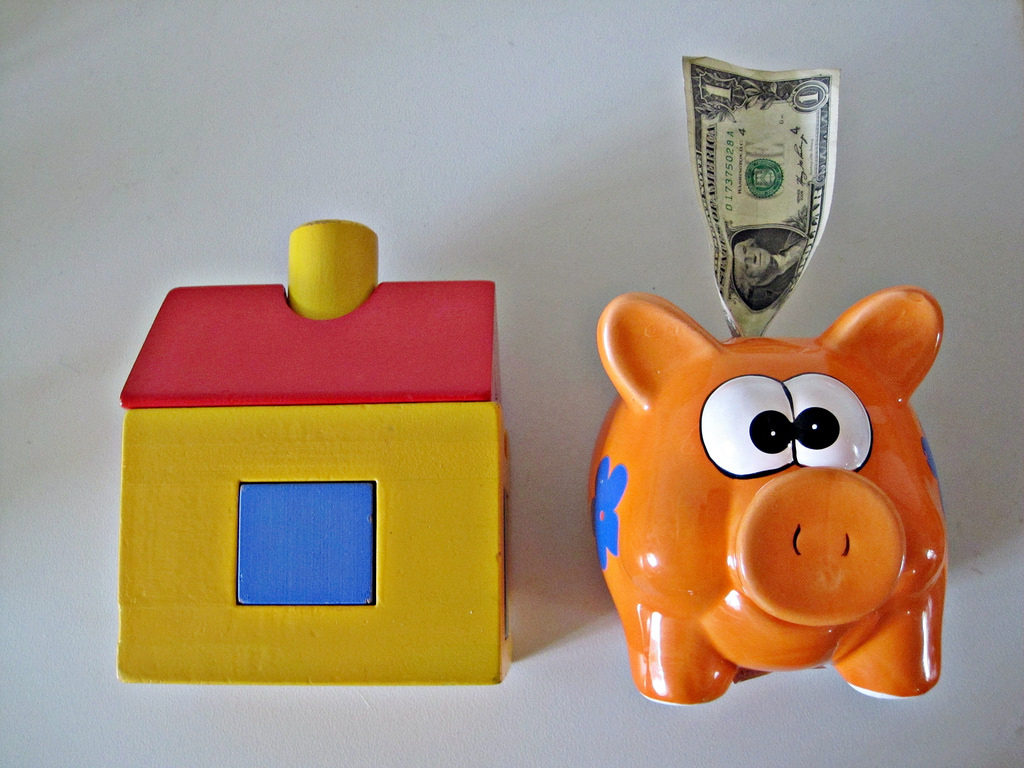If you’re considering remodeling your kitchen, you may be preparing yourself for the worst-case scenario — like doing dishes in your bathtub or eating fast food every night. A kitchen renovation doesn’t have to mean chaos though. If you have a good plan going in, you can keep your costs down without sacrificing design. Here are eight tips to help you get the most bang for your buck and still end up with your dream kitchen.
1. Set a budget.
The first way to ensure your kitchen doesn’t leave you penniless is to set an overall budget. As a guideline, the average cost for a minor kitchen renovation is around $20,000 and a major overhaul is $50,000. Knowing how much you can spend will help you figure out what is possible for your renovation. Figure out this amount before you talk to a contractor or designer.
2. Hire a professional.
For a more involved remodel, spend the money for a professional kitchen design. The kitchen design should take into account all needed materials, dimensions and placements, etc. A thorough design will cut down on time and cost overages caused by unplanned projects and expenses.
3. Get all materials ahead of time.
If possible, have all materials on site before you start your renovation. Making design decisions in the middle of the project can cause you to compromise on your intended price point or material and delay worker schedules.
4. Consider alternate materials.
Check out various materials for high-price projects like countertops and flooring to see if you can achieve your overall design aesthetic without breaking your budget. For example, 3form Chroma Countertops are a more budget-friendly alternative to trendy tempered glass, and butcher block has a similar overall look to reclaimed wood, but at a fraction of the price. If you’re set on stone countertops and have relatively small counter space, check out stone remnants, which will save you a lot of money for the exact product. For flooring, instead of hard wood, consider manufactured wood or cork. If your home has a concrete slab, try out stained concrete for an industrial-looking kitchen.
5. Shop around.
If you have your heart set on a particular material or fixture, shop around. Prices for the exact or similar products can vary wildly. Shop in stores and then check for lower prices online, especially when it comes to hardware and fixtures. The same advice goes for pricing labor.
6. Salvage what you can.
Salvage what you can from your existing kitchen, both in terms of materials and footprint. One big way to save on a kitchen renovation is to keep the layout, in terms of plumbing and electrical, as is. Another is to keep your cabinets and refinish them. Painting cabinets and changing out the hardware is an inexpensive way to completely refresh the look of your kitchen.
7. Consider stock cabinets.
If you want to replace your existing cabinets, you can save a great deal of money by using standard cabinets instead of custom. You can find beautiful, custom-looking cabinets for most any kitchen style from big stores like IKEA or Home Depot.
8. Check for used or damaged deals.
For fixtures and appliances, check out places where contractors donate their overstock, like the Habitat for Humanity ReStore, for high end steals.



